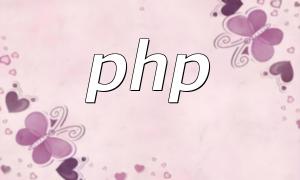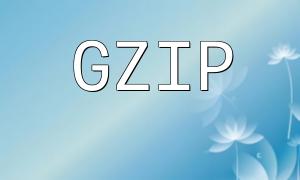In modern web development, high-quality images significantly enhance user experience. However, high-resolution images tend to have large file sizes, which can slow down page loading times and increase bandwidth consumption. To balance image quality and page performance, image compression is an essential optimization technique.
As high-definition screens become more common, there is a growing demand for high-quality images on websites. However, high-quality images usually have larger file sizes, which can increase page load times, degrade user experience, and put more strain on bandwidth and servers. To mitigate this issue, lossless image compression is an effective way to improve page load speed and optimize bandwidth usage.
With proper compression, we can reduce file size without significantly sacrificing image quality, which leads to better page load times and a more efficient user experience.
PHP provides several open-source libraries to help implement high-quality, lossless image compression. Some of the most popular ones include Imagick and Intervention Image. These libraries offer simple APIs, making it easy to integrate image compression functionality into your projects.
Imagick:
// Create an Imagick object
$image = new Imagick('input.jpg');
// Set image compression quality
$image->setImageCompressionQuality(90);
// Compress and save the image
$image->writeImage('output.jpg');
// Destroy the Imagick object
$image->destroy();Intervention Image:
// Compress and save the image
Image::make('input.jpg')->save('output.jpg', 90);In addition to open-source libraries, PHP's native GD library can also be used for basic image compression.
Example:
// Create the source image
$sourceImage = imagecreatefromjpeg('input.jpg');
// Get the width and height of the source image
$sourceWidth = imagesx($sourceImage);
$sourceHeight = imagesy($sourceImage);
// Create the destination image
$destinationImage = imagecreatetruecolor($sourceWidth, $sourceHeight);
// Compress the image
imagecopyresampled($destinationImage, $sourceImage, 0, 0, 0, 0, $sourceWidth, $sourceHeight, $sourceWidth, $sourceHeight);
// Save the destination image
imagejpeg($destinationImage, 'output.jpg', 90);
// Free up memory
imagedestroy($sourceImage);
imagedestroy($destinationImage);When compressing images, you can control the quality of the resulting image by setting a compression quality parameter. A higher quality setting preserves more detail, but it also increases the file size. In the examples above, we used 90 as the compression quality, which is a commonly used compromise.
Note that the compression quality is not linear, and a slight increase in quality can significantly enlarge the file size. Therefore, it's recommended to perform multiple tests to find the optimal quality parameter for your specific needs.
By using various image processing tools and libraries in PHP, we can effectively implement high-quality, lossless image compression to optimize page load speed and reduce bandwidth consumption. When using these tools in practice, it's essential to adjust the compression quality parameter and test it to achieve the best balance.
Proper image optimization not only improves user experience but also enhances the overall performance of the website, reduces server load, and provides a smoother browsing experience for users.









